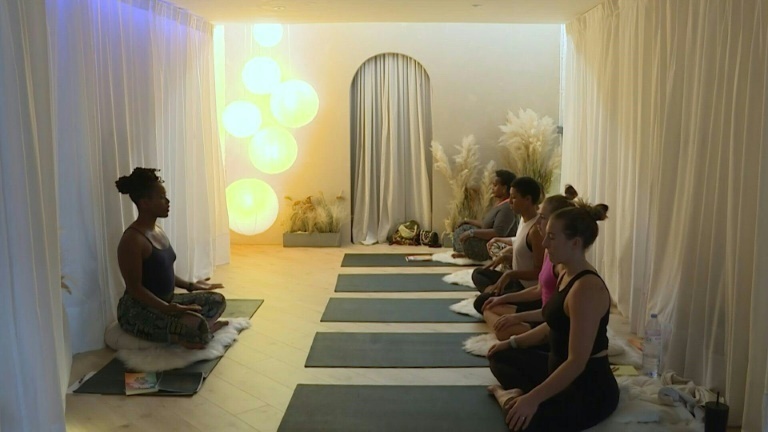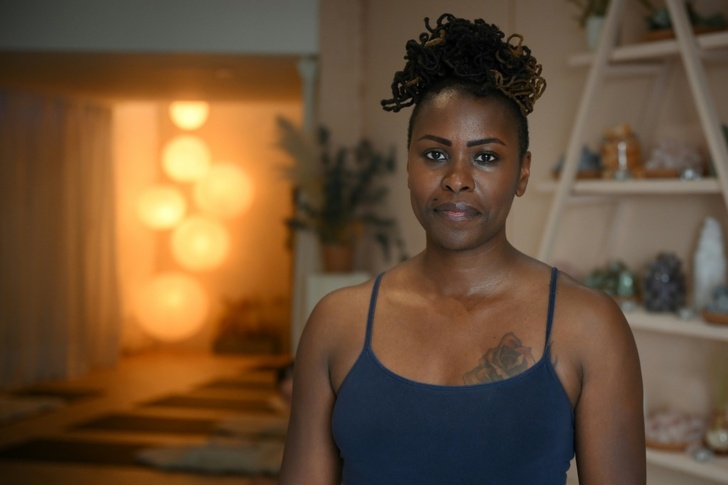London-based yoga instructor Stacie Graham is on a mission to make the ancient practice more racially and socially diverse, urging her charges to become "warriors for change" in the booming industry.
Yoga, which originates from India, and pilates -- a form of exercise focused on postural alignment -- are now a $30 billion-a-year industry, according to the Global Wellness Institute.
But this success masks a lack of diversity, which affects the entire fitness sector, argued Graham, who also works as a diversity policy consultant for corporations.
"Here we are in London. If you go to any space where there is a gym or yoga studio, you will likely not see 'London', but typically white, female, able bodies -- middle class -- participating," she said.
"And my question has been: how is that possible?"
A survey of yoga teachers and practitioners in the UK by the medical studies site BMJ Open found that 87 percent were women, and 91 percent white, around 10 percent higher than the national proportion of white people.
Graham has just published book "Yoga as Resistance," to help industry professionals broaden their clientele.
- 'Subtle exclusion' -

"You want to be warriors of change, yoga gives us everything we need for that fight," she tells her charges as they perform the Warrior 2 posture; one leg bent, the other stretched behind, and the arms horizontal, like arrows.
Attendee Ntathu Allen, who specialises in "breathing and healing" sessions for women of colour, told AFP that she is sometimes asked "if I'm really a teacher" when she arrives at a new studio.
Pam Sagoo, owner of Flow Space Yoga in London's multicultural Dalston neighbourhood, was also at the workshop.
"You just have to look outside the window and look at the people... to know you need appeal to a wider audience," giving the examples of black, older and LGBT people.
It is a similar situation in the United States, where "there are not many black women in these spaces, and it does not encourage others to enter," Raquel Horsford Best, a teacher based in Los Angeles, told AFP by phone.
Instructors and owners partly blamed access issues, economic factors and the difficulty of keeping studios afloat.
To be profitable, studios often charge high prices. A single session in London costs around £20, potentially pricing many out.
But Graham points to "more subtle" exclusionary factors, such as a performance-oriented atmosphere that discourages those who are less flexible, less slim and older.
As a result, many people who could "really benefit" from yoga, such as those suffering from pandemic-related mental health issues and long Covid, are missing out, she added.
Despite the awareness generated by the Black Lives Matter movement, Graham believes that economic constraints discourage studio owners from making the necessary efforts and investments to make yoga more inclusive.
The first step would be to diversify the recruitment of teachers and staff. "They should recruit more instructors of colour, LGBT people, Asians," urged Raquel Horsford Best.
And, of course, making the classes more affordable.
Sagoo, for instance, offers substantial discounts to people on benefits, and free classes to certain associations.
ved/jwp/am/har
© Agence France-Presse
Your content is great. However, if any of the content contained herein violates any rights of yours, including those of copyright, please contact us immediately by e-mail at media[@]kissrpr.com.
Source: Story.KISSPR.com

